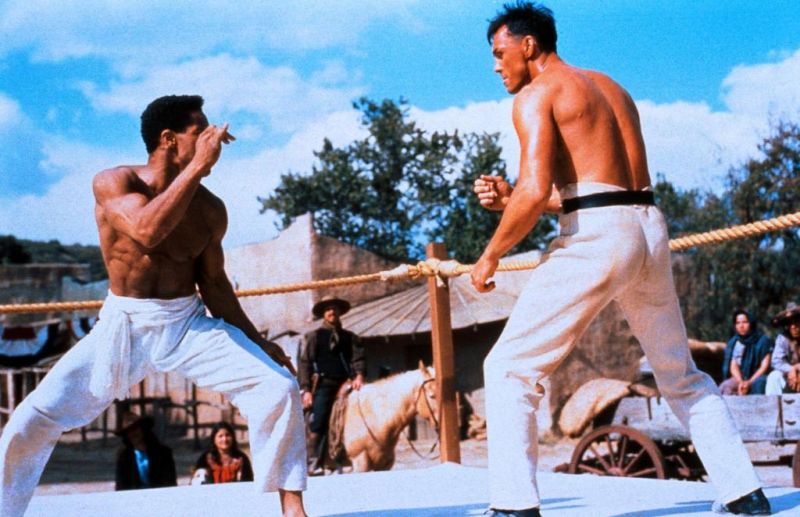
Оливье Грюнера, пожалуй, можно сравнить и поставить в одну нишу с Гэри Дэниелсом. Умеренная экранная бойцовская техника, в фильмах преимущественно кикер, хотя умеет и многое другое, довольно ровный темперамент, не особо яркая внешность, актерский потенциал средний, хотя у Грюнера, мне кажется, он значительно выше, чему Дэниелса. Персонаж, исходя из внешних данных и того же темперамента, не проецирует с экрана альфосамцовость как Ван Дамм или даже какой-нибудь Дэвид Брэдли в косухе и гавайских рубахах, не жеманный красавец типа Лоренцо Ламаса, который своим внешностью представителя клана Маклаудов компенсировал бойцовскую деревянность, не делает огнеупорный вид сжатых булок как Стивен Сигал. Грюнер в кино пришел из спорта и военной службы, поэтому его герой часто бывший военный и всегда достаточно строгий. И что очень важно - присутствует школа. Я не имею ввиду конкретное единоборство, а вообще, как я это называю, бойцовское ремесло, профессиональная уверенность в движениях.
Я не буду описывать всю фильмографию Грюнера, поскольку не все фильмы имеет смысл рекомендовать, да и статья получится слишком огромной. К тому же, многое можно прочитать в публиковавшемся ранее обзоре от Uran.
"Сават" (1995)
Центральным и самым приличным фильмом у Грюнера, я считаю, является фильм «Сават» 1995 года режиссера Айзека Флорентайна («Мятежник», «Ниндзя 1,2», «Близкое расстояние», «Неоспоримый 2,3») .
Если присмотреться внимательно, то можно увидеть, что «Сават» – это своеобразный прародитель «Неоспоримого 3». Разумеется, в рамках деятельности Флорентайна, поскольку сами по себе оригинальностью не блещут оба фильма. Посудите сами:
- чемпионат, который проходит на канатном ринге;
- присутствие бойцов разных национальностей с формально разными стилями;
- схватка главного героя с представителем капоэйры (Эрик Беттс);
- в финале главный герой дерется с повреждённой ногой.
Почему интересно смотреть:
- Фильм явно претендует на нечто большее, чем просто очередной низкоуровневый боевик с драками. Конечно, Флорентайн не МакТирнан или Коппола, а Грюнер не Уиллис и не Пачино, но видно, что работа была проделана большая и, скорее всего, максимально возможная на тот момент для съемочной группы. Я бы сказал, что по материально-технической базе он на уровне фильмов с Ван Даммом того времени.
- Для того времени очень приличный кастинг: Джеймс Бролин, Дональд Гибб, Р. Ли Эрми, Марк Зингер. Отсюда мы имеем довольно высокий общий уровень актёрской игры.
- За основу была взята эстетика дикого Запада, хотя если быть точнее периода Гражданской войны в Америке. Главный герой не американец, как мы привыкли, а француз, офицер французского экспедиционного корпуса в Мексике Жозеф Шарлегран (имя, вероятно, свободный микс и деформация имен деятелей савата - Шарля ЛеКура и Жозефа Шарльмона, тоже, кстати, бывшего армейского инструктора). И владеет он ни карате или кунг-фу, как мы привыкли, а французским боевым искусством саватом. Отсюда у персонажа есть, какая никакая, отличительная черта, а у фильма в целом характерный исторический колорит, важную роль в котором сыграли выбранные и построенные локации и музыка Кевина Кайнера, который явно старался писать под Морриконе.
- Есть сценарий, хотя он и не несет большой исторической достоверности, есть прописанные персонажи, есть яркие и разнообразные мерзавцы, с запоминающимися фишками и манерами. Разумеется, без типичных приемов в виде похищения девушки или смерти друга (даже двух) от рук злодея фильм не обошелся, но что поделаешь. В 90-е это было принято, но другое дело, когда на дворе 2000-е, а фильмы до сих пор пользуются линейными ходами 20-30 летней давности – вот это удручает.
- Присутствует короткая, но вполне достаточная предыстория главного героя и вместе с этим предыстория его финального соперника.
- Финального противника Зигфилда Фон Тротту играет актер, а не боец (Марк Зингер), но зато вполне убедительно это делает. Вы не увидите там особой техники, ударных связок и прочего, но с ролью «большого и страшного финального босса» он справился отлично, чем пополнил список подобных персонажей боевиков 90-х. Еще нужно подчеркнуть, что у него есть отличительные черты и слабые места, чем в итоге воспользуется Шарлегран. Это очень важно, поскольку в фильме не будет волшебного воскрешения главного героя и его внезапной неубедительной победы, хотя надо признать, что без волшебства не обойтись, и раненая нога у него проходит в самый нужный момент. Ну, это закон жанра или боян жанра, как угодно.
- Хореографией и постановкой трюков вместе с Флорентайном в фильме занимался Койти Сакамото («Драйв» с Марком Дакаскосом, «Broken Path» с Джонни Йонг Бошем), который исполнил в фильме эпизодического противника главного героя - команчи. Несмотря на аскетичные возможности Грюнера как экранного бойца, в том смысле что он не обладает богатыми акробатическими умениями и разнообразными наборами комбо, хореография для того времени получались достойной. В первую очередь, это достигнуто за счет правильной операторской работы и грамотного монтажа (что в последствие станет характерной особенностью поединков в работах Флорентайна), и особенностью концепции савата. Само собой, на 100% правдоподобно сават не показан, ни с исторической точки зрения, ни с точки зрения арсенала того единоборства, которое сейчас преподают в секциях. В фильме сават – это в основном амплитудные связки из двух-трёх хай-киков, чаще всего таких, которые в карате называются маваши-гери, завершающихся, как правило, вертушкой. Но выполнены они либо с проносом, в большей степени с кикбоксерской и даже тайбоксерской техникой, либо в манере, напоминающем тхэквондо, когда ногами больше фехтуют, чем бьют. Изредка герой использует удары ногами в средний ярус, лоукики и подсечки. Удары в воздухе – это стандартные удары для Грюнера. Ударов руками почти нет, хотя в савате они на самом деле присутствуют в равном с ногами объеме. В общем, можно сказать, что базируясь на умениях Грюнера, показанных им в более ранних фильмах и приобретённых им в реальной службе во французской армии (защита от ножа, захваты, броски) Флорентайн и Сакамото «отсекли все лишнее» и оставили определенный набор приемов из которого вылепили итоговую концепцию, которая должна была хорошо смотреться на камеру, быть киношной.
- В небольшой роли Филиппа, друга главного героя, играет греческий мастер Такис Триггелис, которого вы могли видеть в фильмах «В поисках приключений» и «Легионер». Его карьера экранного бойца была очень короткой, засветится в статистах «Бетмена и Робина» наряду с Майклом Бернардо из «Сильнейшего удара», мелькал в нескольких ТВ-проектах, одно время был тренером Майкла Джей Уайта, но в итоге пропал. Жалею, что он пропал, мог бы получиться очень интересный и интеллигентный экранный боец.
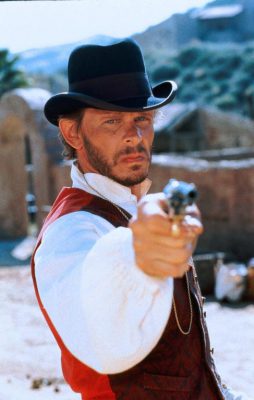
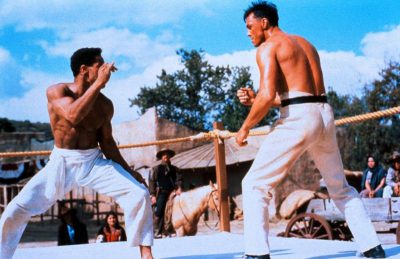
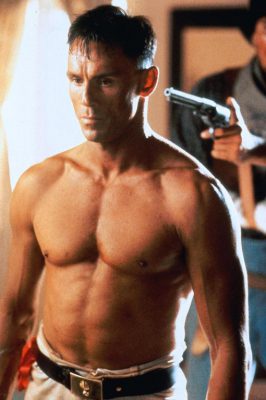
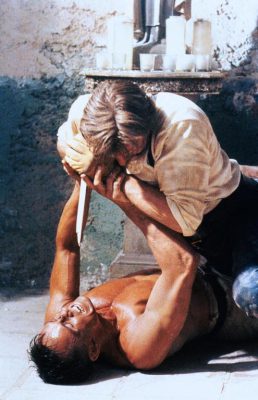
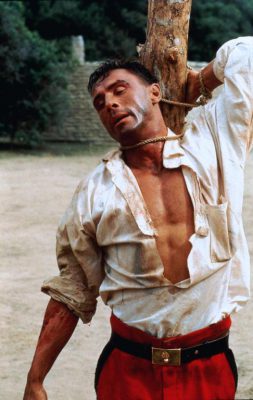
Недоработки и что может не понравиться:
- Нет рассказанной истории савата, нет сформулированных для зрителя особенностей, кроме момента, когда один из персонажей говорит: «я видел уже такие удары ногами». Ну, про ноги-то мы поняли. Герой мог бы рассказать своему другу-фермеру, когда учил его драться, более подробно про сават и с чем его едят. Его рассказы про дистанцию могу быть применимы к любому другом боевому искусству. Показал, что на такой-то дистанции есть английский бокс, значит, владеет руками, но почему не применил их в фильме?
- Глупо и странно поступил, что заранее не проверил своего коня и воду, благородно отпустив бандюганов восвояси в начале фильма. Понятно, что это сюжетный костыль, чтобы свести Шарлеграна с другими персонажами, но проще было сделать, чтобы побитые подонки сами в страхе ретировались, оседлав коней.
- Не очень понятно, почему Филипп и Жозеф ни не остановили Фон Тротту, когда в прошлом тот убивал мирных жителей в Мексике, а «только наблюдали». Что им помешало – непонятно. Флэшбеки с Филиппом, висящим над колодцем, сделаны в лучших традициях Сержио Леоне, но мало того, что они ничего не объясняют, они только еще больше запутывают и рождают еще больше вопросов. Хотя с кинематографической точки зрения все делано хорошо: накал страстей, трагический пафос, саспенс, музыка, ломающийся бокал... именно этого сейчас очень не хватает Флорентайну, да и всем современным создателям файтинг-муви. Не хватает кино.
- Китайский боец слишком дискредитирован. Подкачала хореография поединков, в которых не участвует Грюнер, это в основном касается турнира, который по сути слили. С одной стороны, унылая боевая массовка как бы превозносит мастерство Шарлеграна, показывая его редкие виртуозные умения биться ногами, а с другой стороны – занимает лишнее экранное время.
- Поединок с представителем капоэйры могли бы сделать более внятным, разнообразным, длинным и эффектным, благо возможности были. Спокойно могли пожертвовать другим поединками на турнире с участием разных увольней.
- Для современно зрителя фильм, само собой, покажется довольно наивным и не сильно динамичным. Примите во внимание почтенные годы, да и на вкус и цвет.
Центральный фильм в фильмографии Оливье Грюнера, который показан к просмотру всем любителям олдскульных боевиков.
Продолжение следует...
Метки: Savate, Айзек Флорентайн, Коити Сакамото, Марк Зингер, Оливье Грюнер, Такис Триггелис



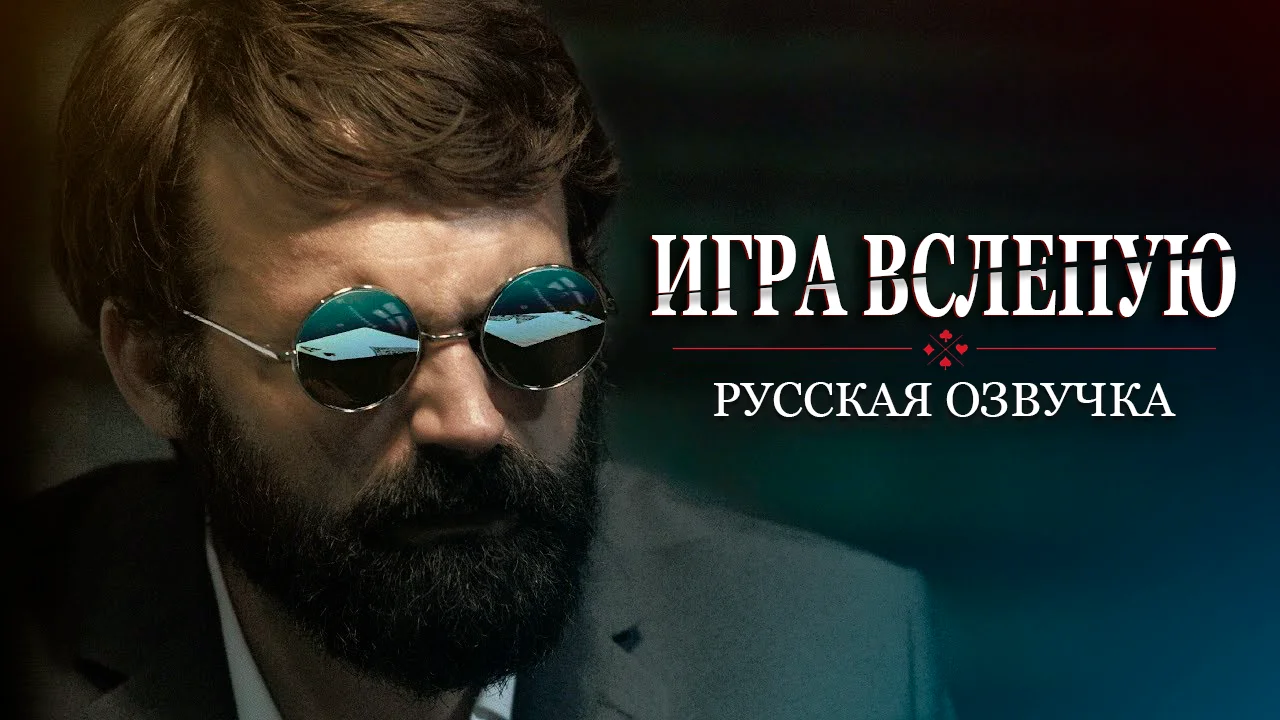
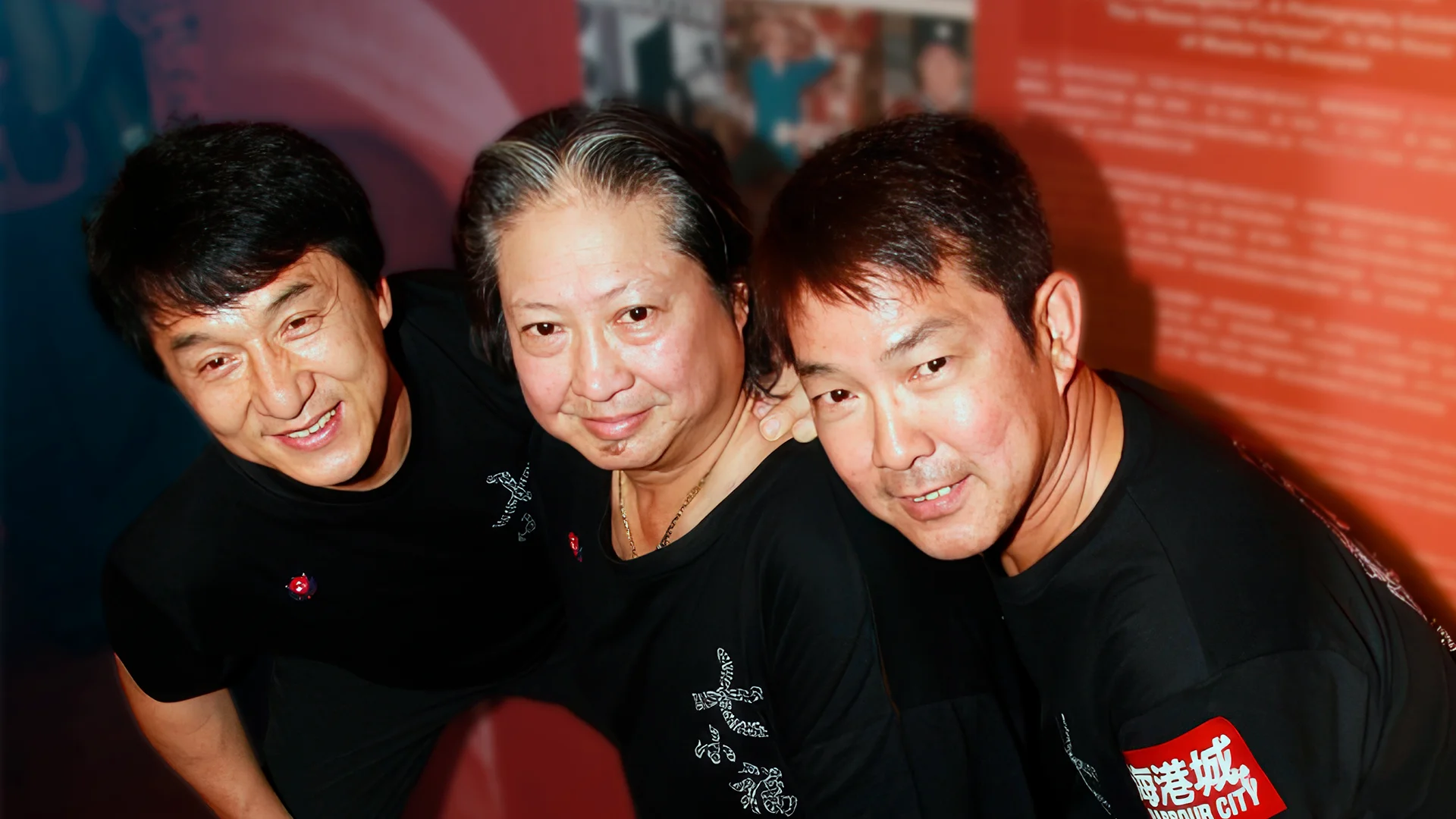
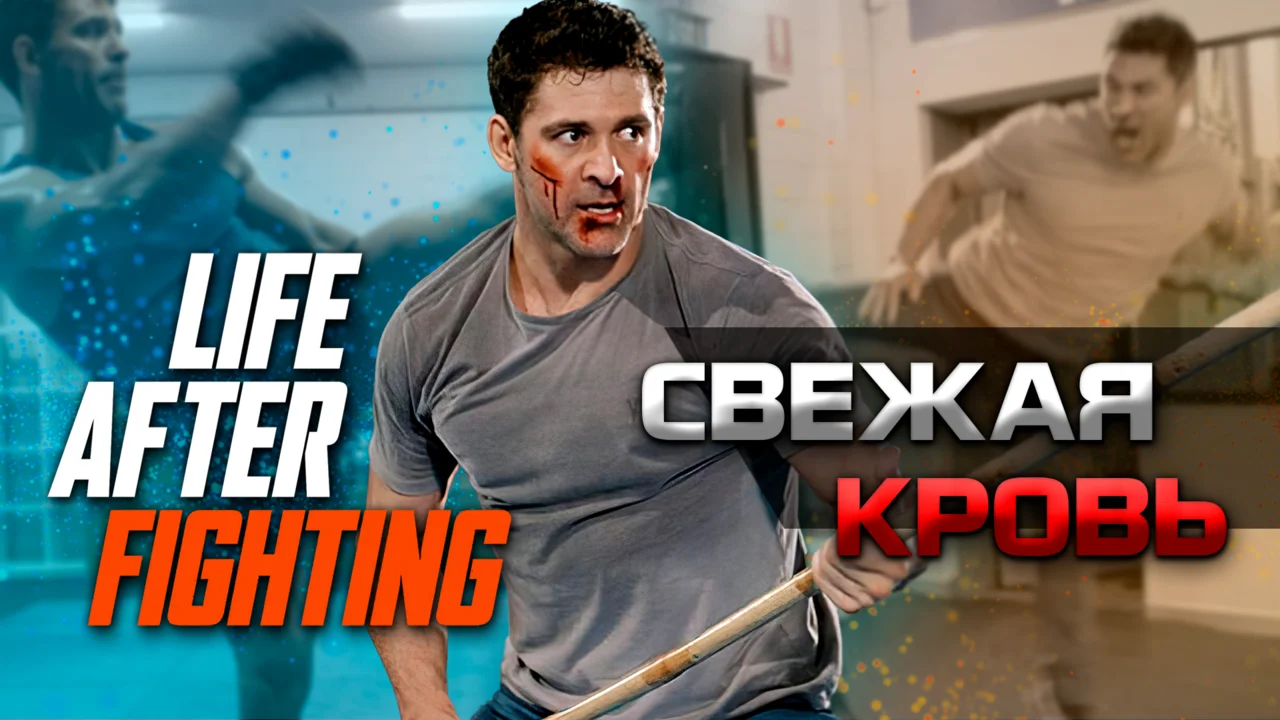
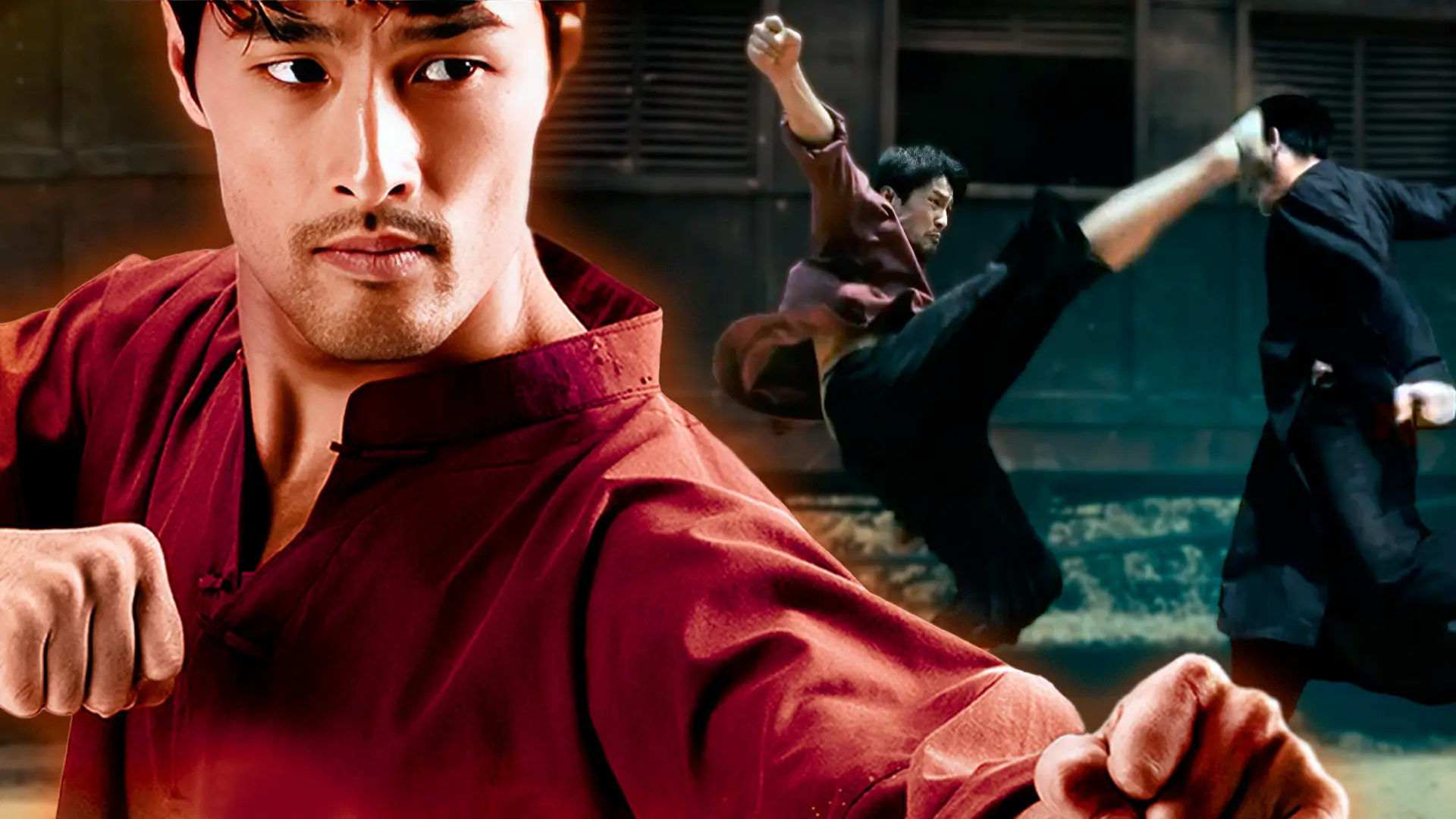
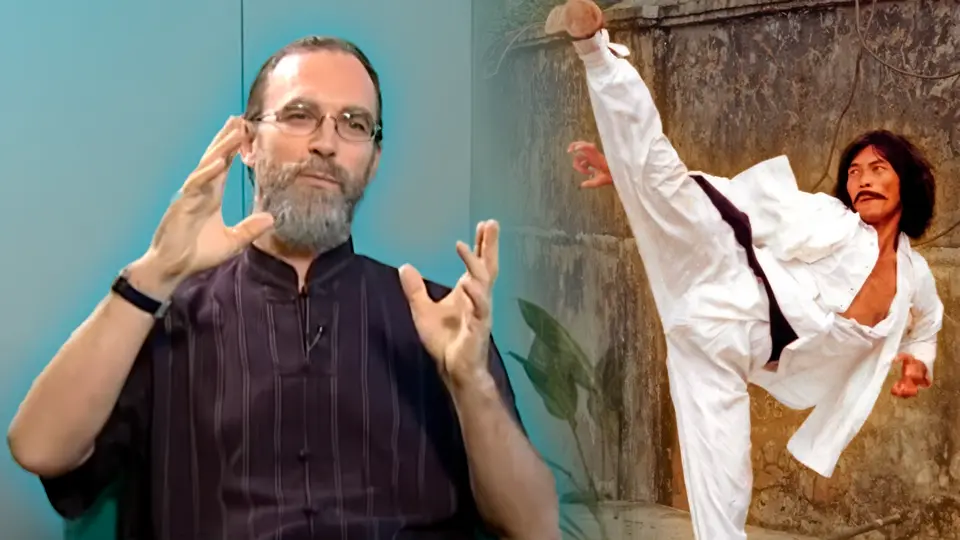

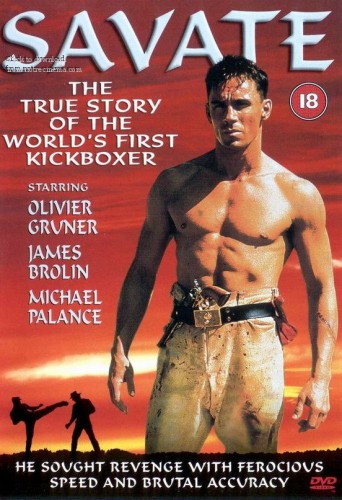
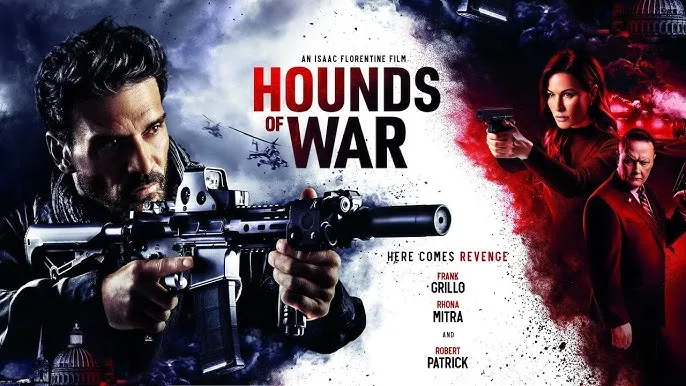
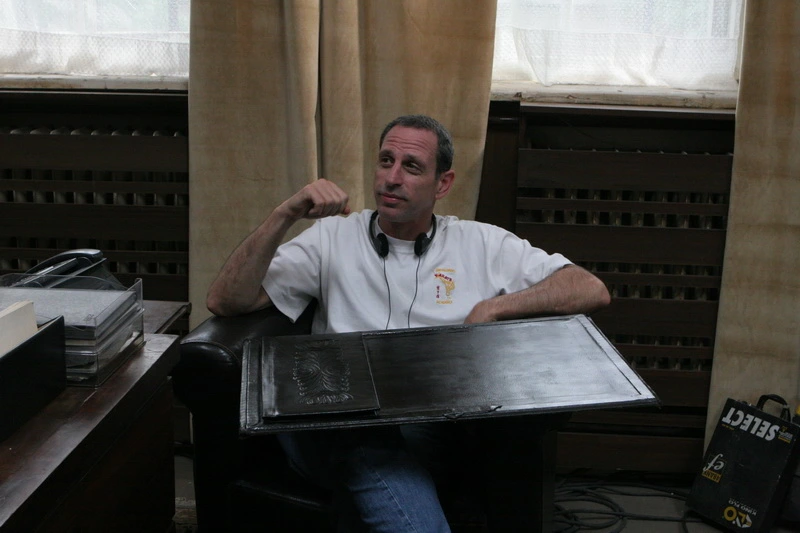
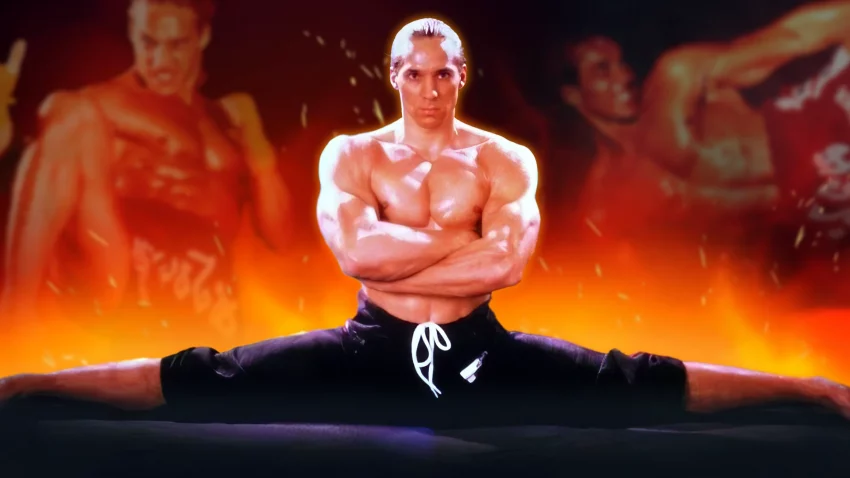
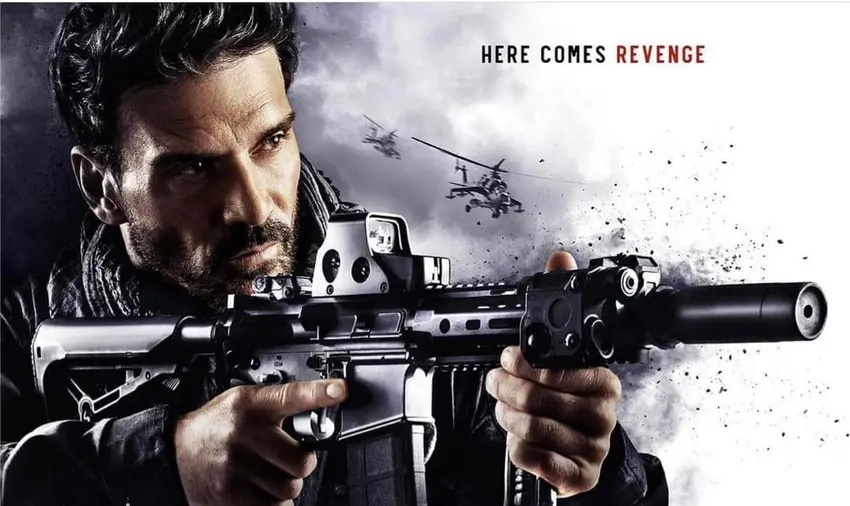

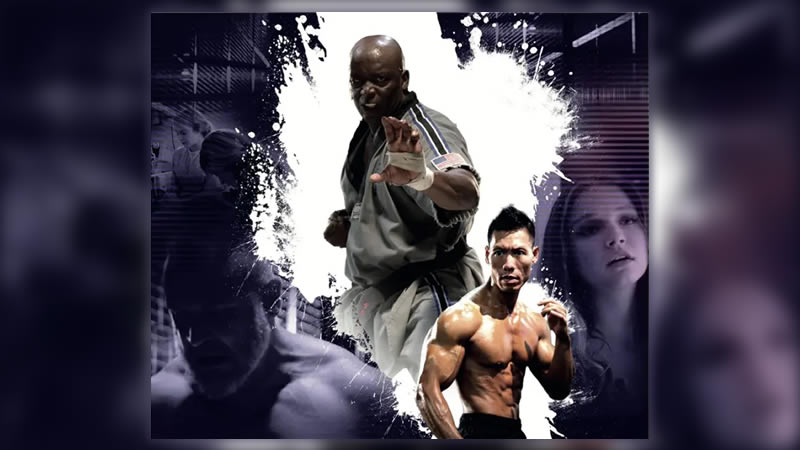
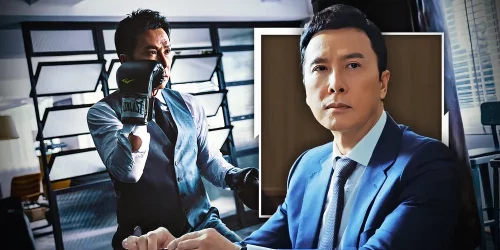
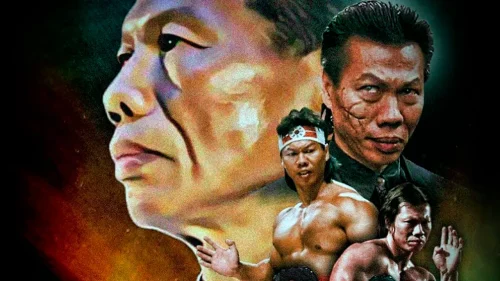

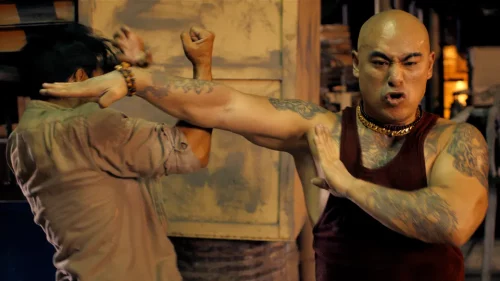
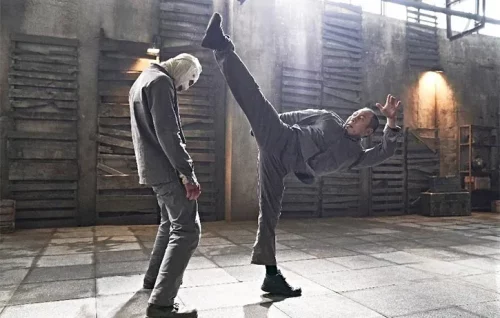
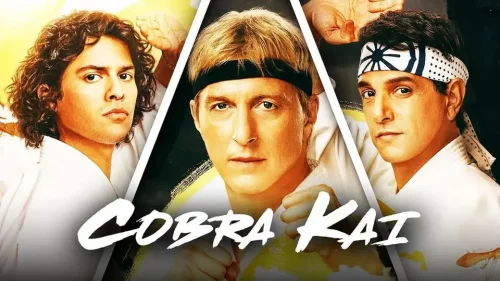
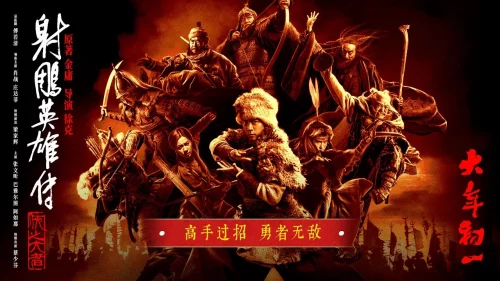
Когда 2-я часть?
Lee,
Будет обязательно) Но точной даты не могу пока назвать. Вы пишите в комментах, если интересно, я буду знать, пользуется ли материал спросом.
Меня Грюнер всегда цеплял: стилистикой, легкостью, какай-то отточенность движений что ли... Но реально, нормальных фильмов, на мой взгляд, всего два. Савват (безусловно лучший) и Город Ангелов. Все остальное - сплошь плохонькие боевички. Вот мне и интересно, может я заблуждаюсь?
Lee,
Как раз на "Город ангелов" я и планировал писать во второй части.
Со всем согласен, разве что:
1) Зингер так то в боевиках поигрывал (Повелитель зверей тот же, Горец), хотя боец он или нет, непонятно.
2) Герои не остановили тогда Зигфрида, из-за того он был их выше по званию, мб следовали какой-то субординации.
Uran,
1) Он не боец.
2) Может быть. а может быть и нет. Но разве субординация ему позволяла привязывать человека над колодцем, а второго держать веревку? Меня терзают смутные сомнения)